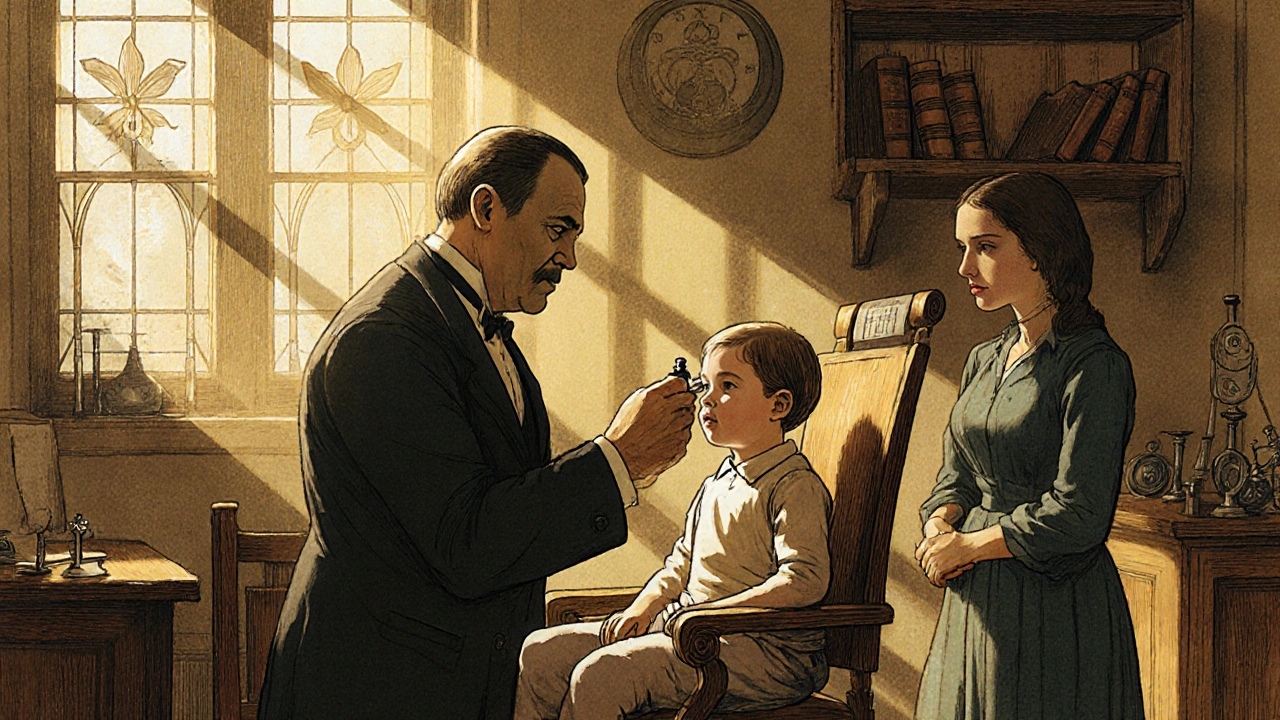Cyclopentolate: What It Is, How It's Used, and What You Need to Know
When your eye doctor says you need cyclopentolate, a fast-acting eye drop used to dilate pupils and temporarily paralyze the eye's focusing muscle. Also known as a cycloplegic agent, it helps them see inside your eye clearly during exams. It’s not a treatment for an infection or pain—it’s a diagnostic tool. Think of it like turning on a bright light in a dark room so the doctor can see every detail. Without it, they’d miss early signs of disease, especially in kids or people with complex eye conditions.
Cyclopentolate is often paired with phenylephrine, a vasoconstrictor that boosts pupil dilation to get the best view of the retina and optic nerve. It’s commonly used in pediatric eye exams because children’s eyes naturally focus too well, making it hard to get an accurate prescription. It’s also used before eye surgery, in cases of uveitis to reduce inflammation, and when checking for lazy eye or other alignment issues. The effects usually start within 30 to 60 minutes and last anywhere from 4 to 24 hours, depending on the dose and age. Kids often feel the effects longer than adults.
Side effects are usually mild but can include blurry vision, light sensitivity, and a stinging sensation right after the drop. Some people report dry mouth, flushed skin, or even a mild fever—especially young children. That’s because cyclopentolate can be absorbed through the tear ducts and into the bloodstream. That’s why doctors tell you to press on the inner corner of your eye for a minute after applying it. It keeps the medicine where it’s supposed to go. Never drive or operate machinery until your vision clears. Sunglasses help a lot during recovery.
There’s no long-term risk if used correctly. But if you’re using it for the first time—or if your child is—you should watch for unusual behavior like confusion, hallucinations, or extreme drowsiness. Those are rare but serious signs of systemic toxicity. Always tell your doctor about other medications you take, especially antidepressants, antihistamines, or heart drugs. Cyclopentolate doesn’t interact with most things, but it’s better to be safe.
What you’ll find below is a collection of real-world guides and comparisons from people who’ve dealt with similar medications. You’ll see how cyclopentolate stacks up against other pupil-dilating agents, how it’s used in different age groups, and what to do if you experience side effects. You’ll also find tips on managing blurred vision after the exam, how to avoid accidental exposure in kids, and what alternatives exist when cyclopentolate isn’t suitable. This isn’t just a list of articles—it’s a practical toolkit for anyone who’s been told, ‘We’re going to dilate your eyes.’

Cyclogyl vs Alternatives: Compare Cyclopentolate Ophthalmic Eye Drops for Eye Exams
Cyclogyl (cyclopentolate) dilates pupils for eye exams but has longer-lasting effects and more side effects than alternatives like tropicamide. Learn when each option is best and what to ask your eye doctor.
